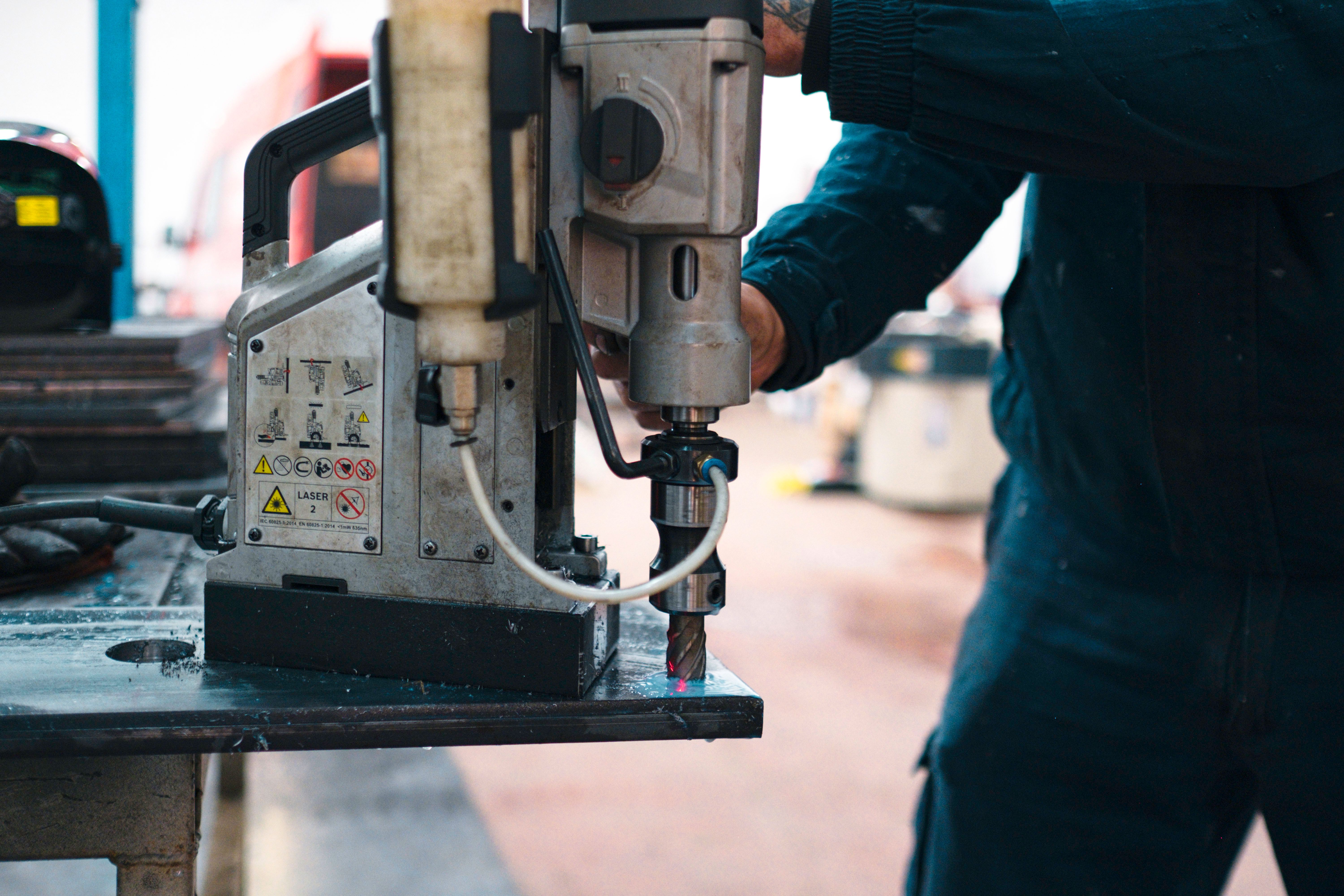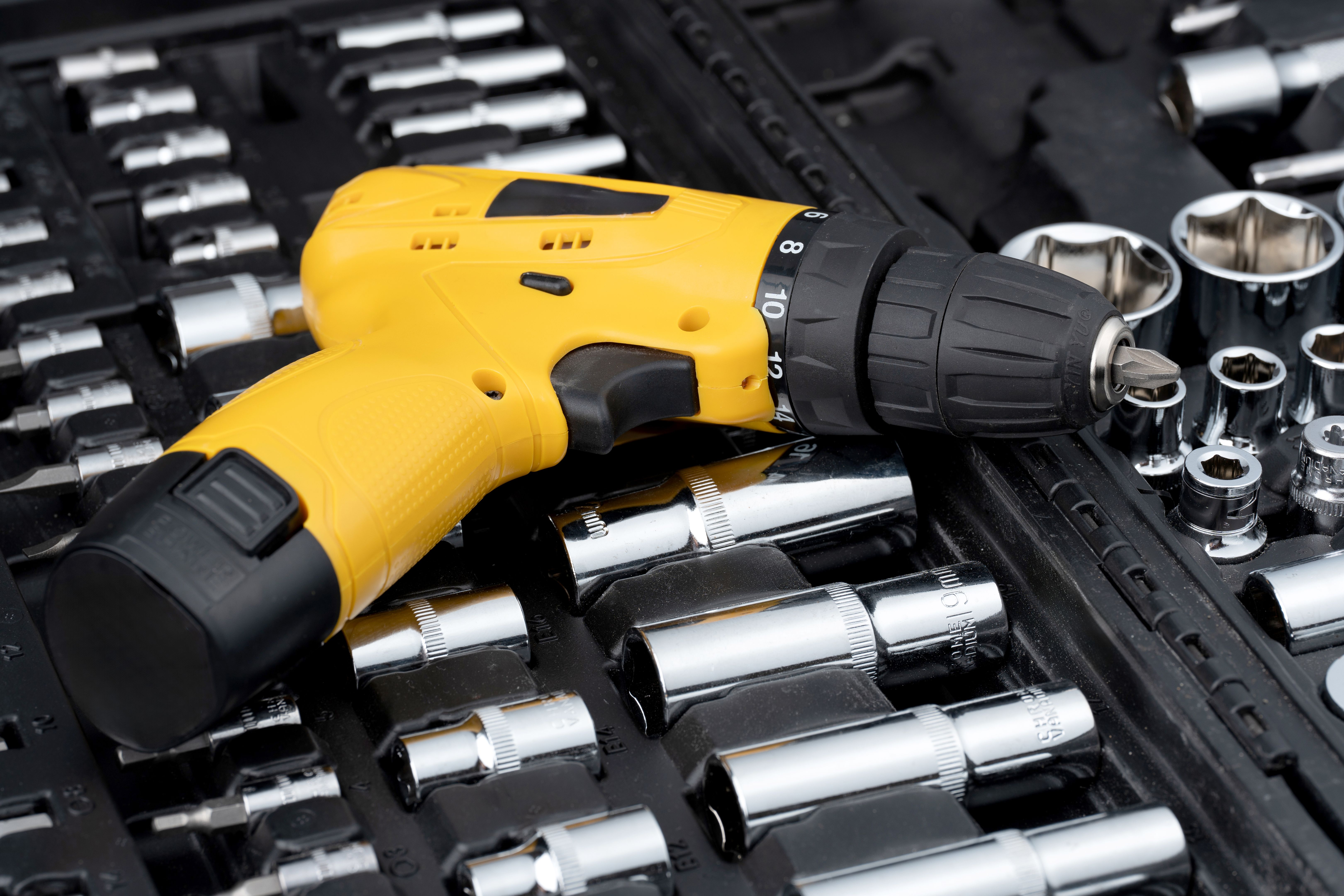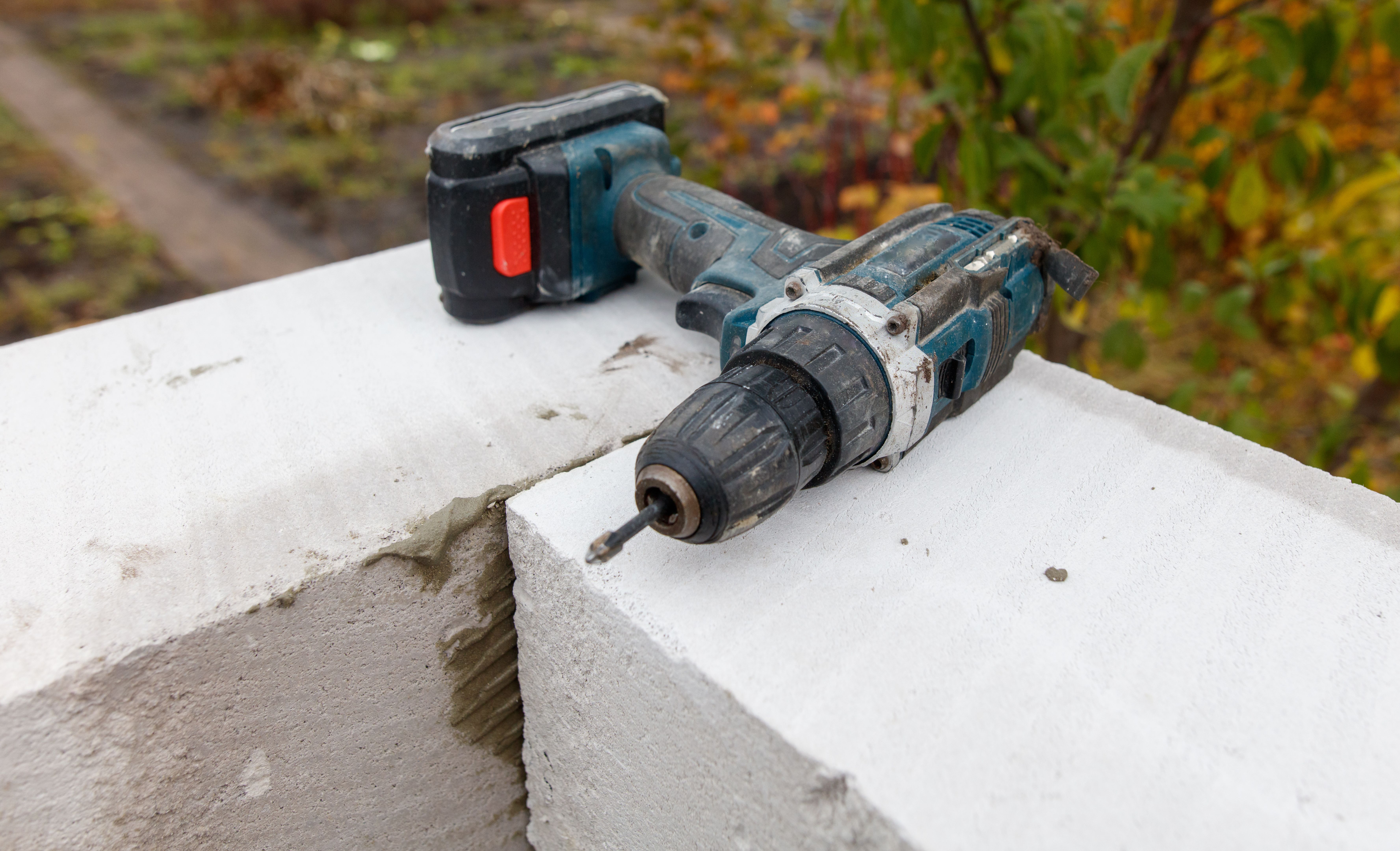Understanding Magnetic Drills: An Introduction
RR
What Are Magnetic Drills?
Magnetic drills are specialized tools used for drilling holes in metal surfaces. These powerful devices are equipped with a magnetic base that adheres to the metal, providing stability and precision during the drilling process. They are commonly used in construction, fabrication, and maintenance industries.
The primary advantage of magnetic drills is their portability and ability to perform drilling tasks in difficult positions and locations. Unlike stationary drills, these devices can be easily transported and set up on-site, making them invaluable for industrial applications.

How Do Magnetic Drills Work?
The operation of a magnetic drill relies on its robust magnetic base. This base generates a strong magnetic field that secures the drill to the metal surface. Once attached, the drill can perform accurate and efficient drilling without the need for clamps or additional support.
Most magnetic drills are powered by electricity, although some models may use hydraulic or pneumatic power. The drill bit is driven by a motor, and the magnetic base ensures that the tool remains stable during operation, reducing the risk of errors and improving safety.
Key Components
The main components of a magnetic drill include:
- Magnetic Base: Provides stability and adherence to metal surfaces.
- Motor: Powers the drill bit for cutting through metal.
- Drill Bit: The cutting tool, available in various sizes and materials for different applications.

When to Use a Magnetic Drill
Magnetic drills are ideal for situations where precision and stability are required. They are often used when working on large steel structures, such as bridges, buildings, and ships. Their portability makes them suitable for on-site repairs and installations.
They are particularly useful for creating holes in thick metal plates, where conventional drills might struggle due to their limited power and stability. Magnetic drills can also be used for tasks like countersinking and tapping, making them versatile tools for metalworking projects.
Choosing the Right Magnetic Drill
When selecting a magnetic drill, consider factors such as the thickness of the metal you will be working with and the size of the holes you need to drill. Ensure that the drill's magnetic base has sufficient strength to hold the tool securely on the material's surface.

Safety Tips for Using Magnetic Drills
Safety is paramount when using magnetic drills. Always wear appropriate personal protective equipment (PPE), such as gloves and safety goggles, to protect against metal shavings and debris. Ensure that the work area is clean and free of obstacles that could interfere with the drill's operation.
Before starting the drill, check that the magnetic base is firmly attached to the metal surface. Avoid using magnetic drills on thin or non-ferrous metals, as the magnetic base will not adhere properly, posing a safety risk.
Maintenance and Care
Regular maintenance of your magnetic drill is essential to ensure its longevity and performance. Keep the drill clean and free from dust and debris. Periodically inspect the drill bit and replace it if it shows signs of wear. Lubricate moving parts as needed to prevent mechanical failures.

Understanding how to properly use and maintain a magnetic drill will enhance your efficiency and productivity in metalworking tasks. These powerful tools, when used correctly, can significantly improve the quality and precision of your work.